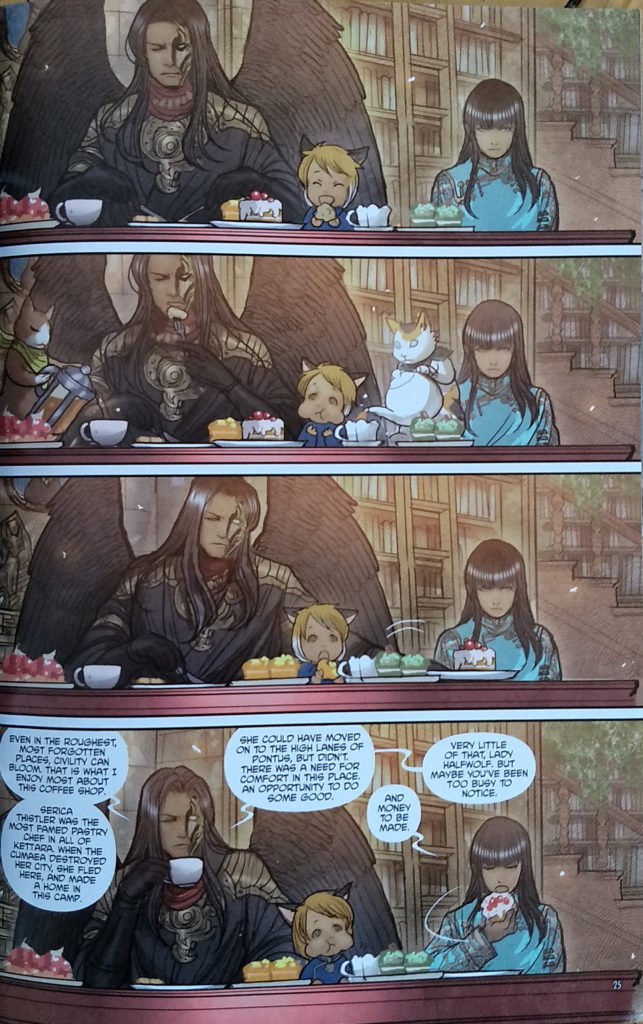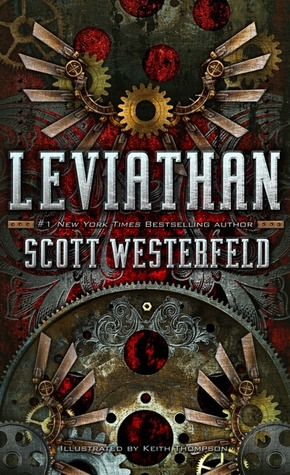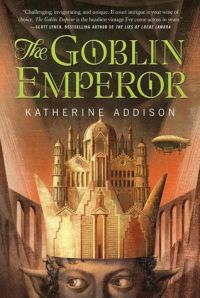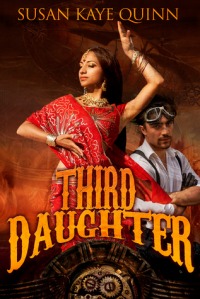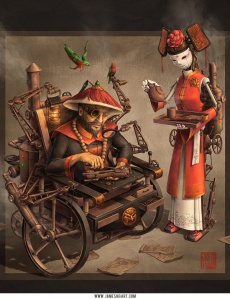A world that vaguely resembles Industrial-Revolution Japan reels from the aftermath of a cross-continental war. Humans, demons, half-demons, and cats are all nursing old wounds and scheming against each other. Meanwhile, a young half-demon, Maika Halfwolf, has an eldritch abomination in her arm that’s getting more powerful by the day. She has to cut it out of herself before it causes a fate far worse than another war.
Monstress is produced by a creative duo, Marjorie Liu and Sana Takeda. As you can tell from my description above, the plot is kind of all over the place. The first volume of Monstress especially takes us a long time to figure out what is going on, because there are so many flashbacks to catch us up on all the political machinations. Takeda, the illustrator, is the real star of this show. Her rendition of the Monstress world is lush, and culturally rich, and full of visual background jokes. She make herself a professional challenge in Monstress to draw three-quarters of the characters as women, no explanation. It is so refreshing to see regular old palace guards as women! And they wear proper clothes!
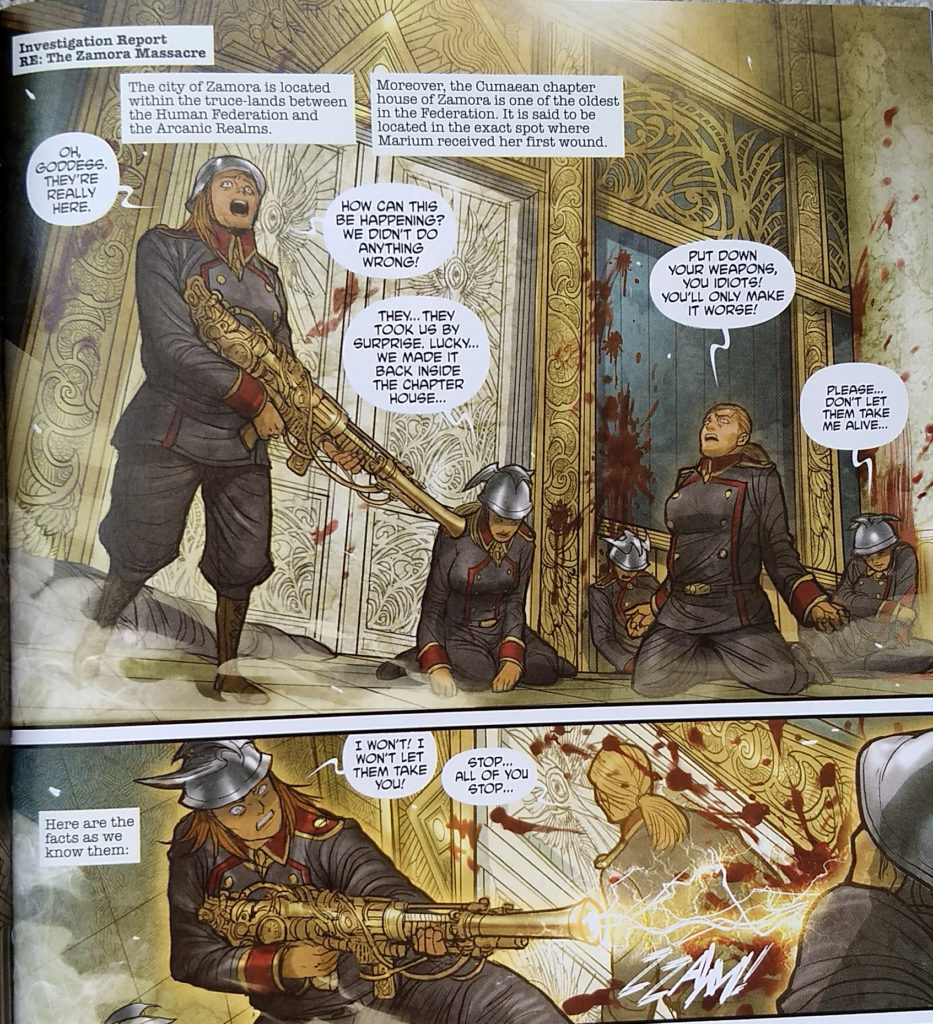
The gender ratio makes me curious about the social structure of this world. I get a vibe that women marry women for life mates, and consort with men for babies.
Maika Halfwolf ties the story together, as the character trying to prevent the end of the world. But the side characters are even more interesting than her. Kippa is a genuinely good person, despite the scars of war. I especially enjoy Sir Corvin, who dresses like a tormented emo vampire but enjoys excellent mental health. When he witnesses a pair of eldritch abominations fighting each other, he decides he has no skin in that game!
